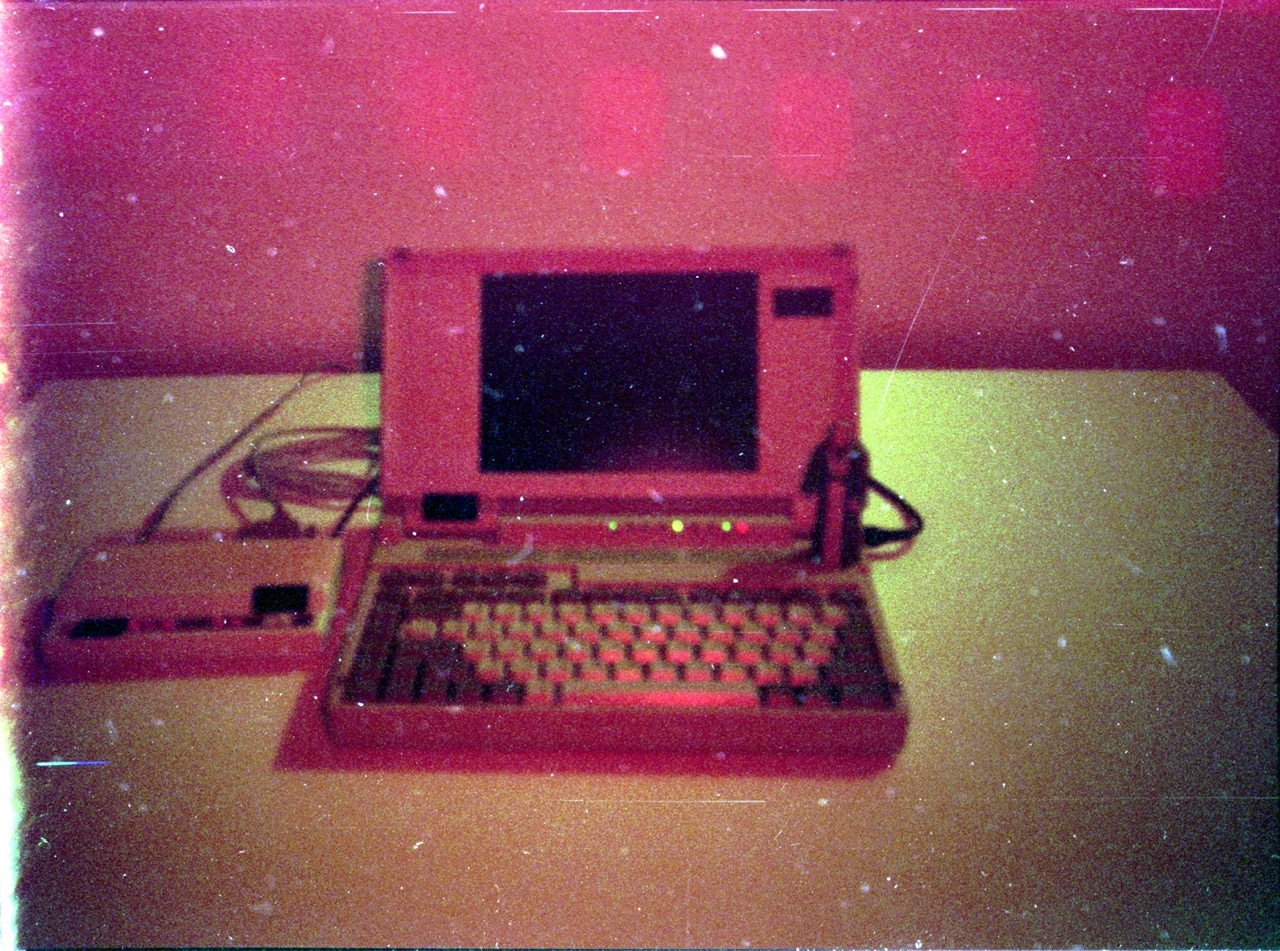For a long time, what is now considered to be a prime candidate for the title of the ‘world’s first microprocessor’ was a very well-kept secret for nearly 30 years. The MP944 is the inauspicious name of the chip we want to highlight today. It was developed to be the brains behind the U.S. Navy’s F-14 Tomcat’s Central Air Data Computer (CADC). Thus, it isn’t surprising that the MP944 was a cut above the Intel 4004, the world’s first commercial microprocessor, which was designed to power a desktop calculator.
There’s a great video by Alexander the ok on this exact topic for those that want a deeper dive into the history and development! https://youtu.be/YpruA5mC7wg
I wonder if it classifies as a general purpose microprocessor. It’s common to see very specialized chips run faster than a typical CPU, but you’re not going to run a consumer OS on it (if an OS at all). Even then, you’d sometimes need dedicated math coprocessors even if you had a CPU back then. It would be fascinating if it was true, cause that would likely mean it’s also the world’s first chip with an integrated math co-processor (IIRC)
Edit: https://en.wikipedia.org/wiki/F-14_CADC
It is a general purpose microprocessor. Nice. Doesn’t look like the co-processors were integrated. But a very impressive piece of hardware.

Classic Randy.
This is awesome. also makes me wonder what’s powering the newest generation of fighter jets
Knowing military spending goals and aviation regulations, probably 10 of the same chip
It’s a different time, probably normal civilian chips to hitch onto the massive industry that now exists. Kind of like how I’d guess the F-14 airframe was made of normal metal instead of something new they invented.
The radar and EWAR-related hardware, on the other hand, might not just be off the shelf.
Unless they’re seeing actual benefits for a neural processing unit, I’d guess you’re right about the processors. The ISS runs on 386 processors and those were a surprisingly outdated choice in that era. Even with the advanced flight characteristics of a modern fighter, I’d guess they don’t really need the power modern chips are capable of offering.
But yeah, the radars and other sensors? Certainly not off-the-shelf for flagship aircraft.
I thought NASA was well stocked with 486 CPUs? Quite a cut about the 386! (I know the ISS is not all NASA.) In any case, the wide wires make for less bit flipping. :)
They have chips with water channels cut into the die itself for 1000w/square inch compared to commercial data center chips that can do 300w/square inch.
Bioneural gel pacs
your mom
/j
deleted by creator







